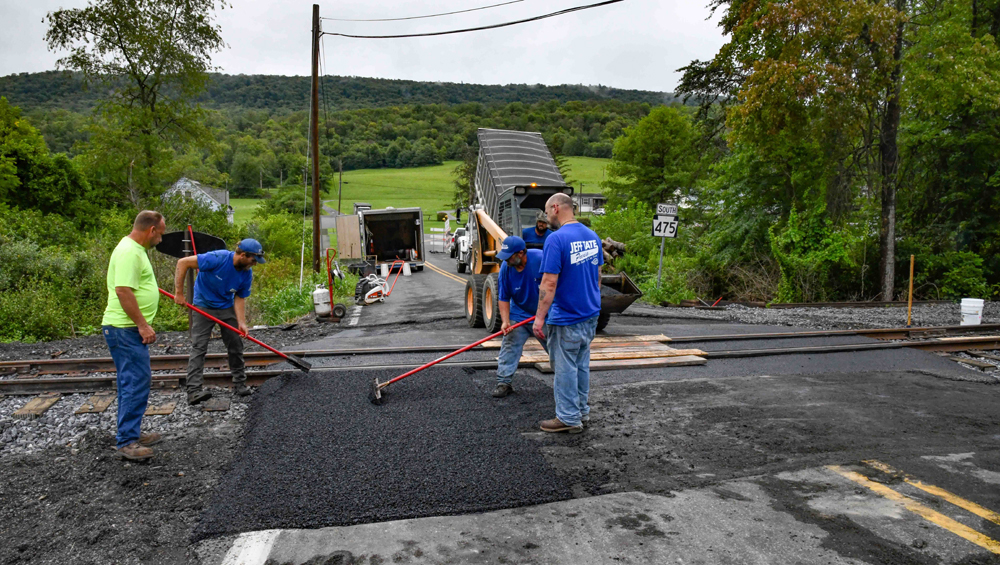
ROCKHILL FURNACE, Pa. – Pressing its drive to restore a narrow gauge main line that has lain dormant for 68 years, the East Broad Top Railroad this week reopened two long-paved-over grade crossings south of here.
Following up on earlier work to install track panels by the joint EBT Foundation and Friends of the East Broad Top track crew, employees of contractor Jeff Tate Paving of Yeagertown, Pa., laid and compacted macadam asphalt to complete crossing projects at State Route 475 near here and local McCoy Road near the village of Pogue.
The track panels were laid on Monday and Tuesday, Aug. 5-6, the macadam was placed on Wednesday, Aug. 7, and both crossings were reopened for auto traffic that same night, according to EBT spokesman Jonathan Smith. Work was carried out in summer to avoid conflicts with school-bus route schedules that would force lengthy detours.
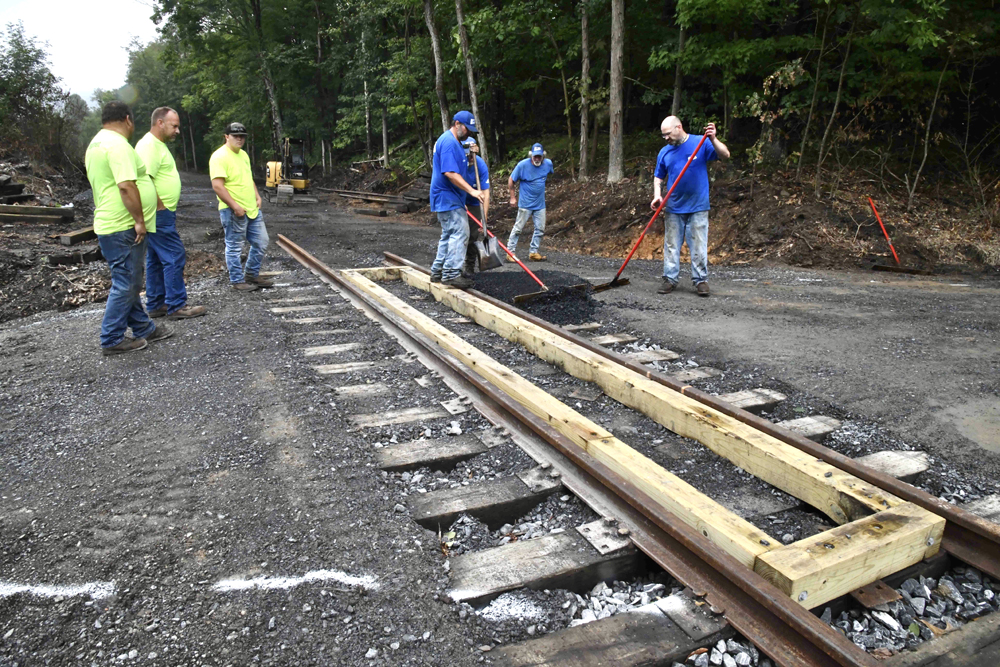
Both crossings lie along the first stage of the railroad’s “March to Saltillo,” a project to reopen the first 9 miles of track south of the road’s headquarters town of Rockhill Furnace. The town of Saltillo is significant as the location of a now-razed station and water tank, both of which will be rebuilt through a fundraising campaign by the Friends.
Situated about a mile south of Rockhill, the Route 475 crossing was the site of the beginning of track restoration in March [see “East Broad Top starts rebuilding track …,” Trains News Wire, March 14]. EBT continues to offer scheduled public passenger service Wednesdays through Sundays on its historic tourist-era route, extending about 4 miles north of Rockhill. That was the segment of the 33-mile coal-hauling railroad that was reopened for steam passenger service in 1960, four years after it closed down as a common carrier.
“With the Friends helping to buy the materials, it’s part of the ‘March to Saltillo,’” said EBT General Manager Brad Esposito. “This is the next step.”
As it has in previous campaigns, the Friends’ fundraising efforts have far surpassed their goals. The group announced in June that it had raised $1 million since the Foundation began reviving the railroad in 2020 [see “Friends of EBT reaches $1 million …,” News Wire, June 6].
For 2024, the 2,100-member group set a goal of $220,000 but the amount donated as of June 1 exceeded $306,000, or 139% of the target. The Friends board announced that all funds raised over the formal goal will be funneled toward buying track and roadbed material to further speed the extension work.
Track work is handled by a combination of the Foundation’s regular paid crew, which consists of foreman Henry G. Long Jr., Galen Covert, and Zane Esposito, and a crew of volunteer Friends workers led by retired Episcopal priest Gene Tucker, who learned track restoration skills on the Walkersville Southern Railroad many years ago.
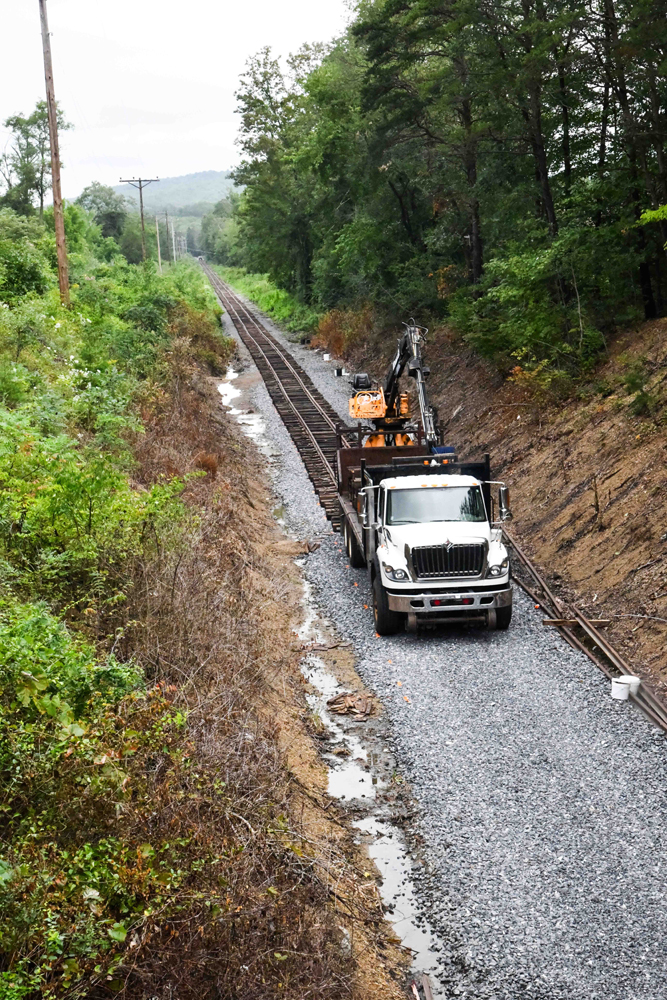
The restored mainline track reuses 85-pound rail that was in place before, but compromise joints transition to 100-pound rail for the crossings, Long said, because rail seal rubber fittings are more readily available for a contemporary stock size like 100 pound rail.
No special conditions need be met for reopening the crossings, as EBT was only closed, never formally abandoned.
So far, restoration of the main line has advanced 3,000 feet south of the Route 475 crossing, according to Long, and 150 feet short of the overhead bridge that marks the approximate apex of Jordan Summit. The crew, he said, can lay about 200 feet of track a day. The roadbed has been stripped of all previous rail and fill to prepare it for laying of ties; placing, joining, and spiking of the original rail; and ultimately filling stone ballast between and under ties.
The common-carrier-era EBT used cheap and available slag and cinders for ballast, but they are poor roadbed materials because they soak up any rainfall or snowfall rather than draining it away from the track. Add to this the fact that the original railroad used untreated ties — most of which are now completely rotted away — and the need for an entirely new track structure with robust ballast and creosoted ties becomes clear.
The end of track lies several hundred feet north of the now-rebuilt McCoy Road crossing. A few hundred feet beyond that lies a busy major crossing, State Route 994, the primary north-south highway artery in this part of Huntingdon County. Just beyond that, two crossings provide driveway access to Southern Huntingdon County High School, and 100 feet beyond that lies the 275-foot-long Pogue steel trestle, EBT’s largest bridge.
Brad Esposito said that the goal for this year is to restore track to the north end of the Route 994 crossing, restore the bridge over the winter, and reopen the Route 994 and high-school crossings next year.
The high-school crossings hold a certain significance for EBT. When the school district was planning to build the high school around 1959, officials wanted to tear up the EBT track, which crosses the building’s front lawn. They reasoned that the track had been out of service for several years and would never be reopened. But EBT’s owner, Nick Kovalchick, ordered the railroad’s few remaining employees to fire up its 1927 Brill gas-electric car M-1 and run it over that stretch of line to prove that EBT was not, in fact, legally abandoned. The school opened in 1960 with the crossings paved over and the track left intact.
Listed as a National Historic Landmark, EBT operated seasonal steam tourist passenger service from 1960 to 2011. It lay dormant for more than 8 years until the EBT Foundation, Inc., was formed in 2020 to acquire most of the property from its previous owners, the Kovalchick family. The Foundation got about 27 miles of the main line, plus the headquarters and station, shops, roundhouse, six EBT Baldwin narrow gauge 2-8-2 Mikado locomotives – all built new for EBT between 1911 and 1920 – and dozens of historic passenger and freight cars. Scheduled seasonal passenger service resumed in 2021 and the first steam engine to be reactivated was steamed up in 2023.
— Updated Aug. 15 at 7:55 a.m. to correct current location that restoration of main line has reached in 12th paragraph.






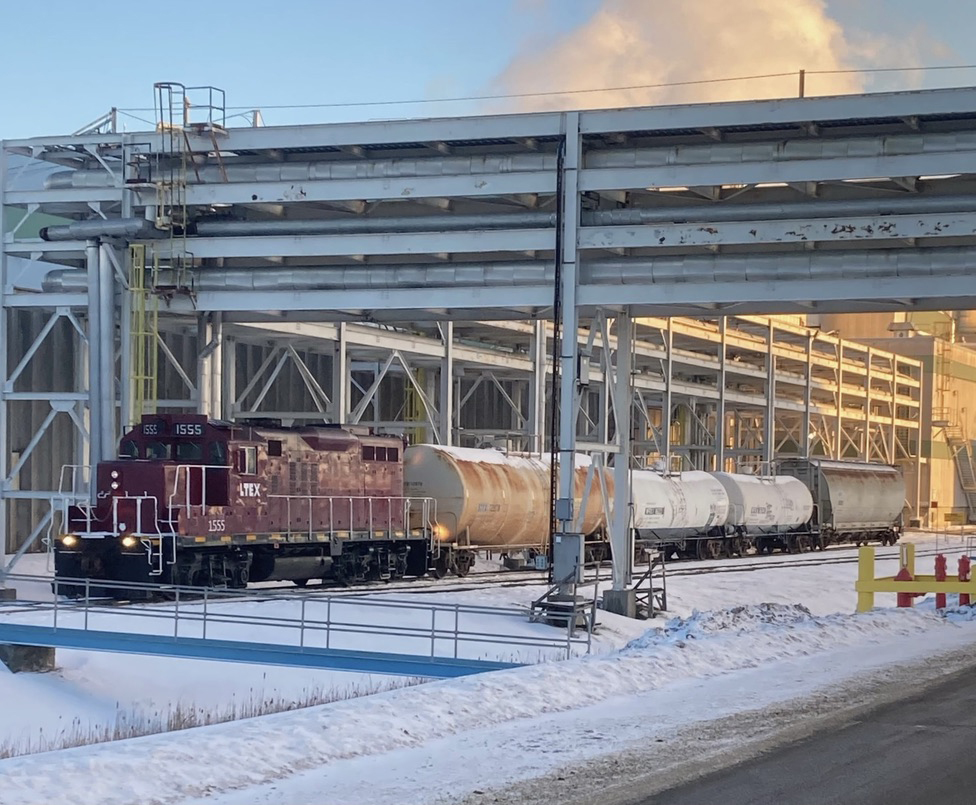

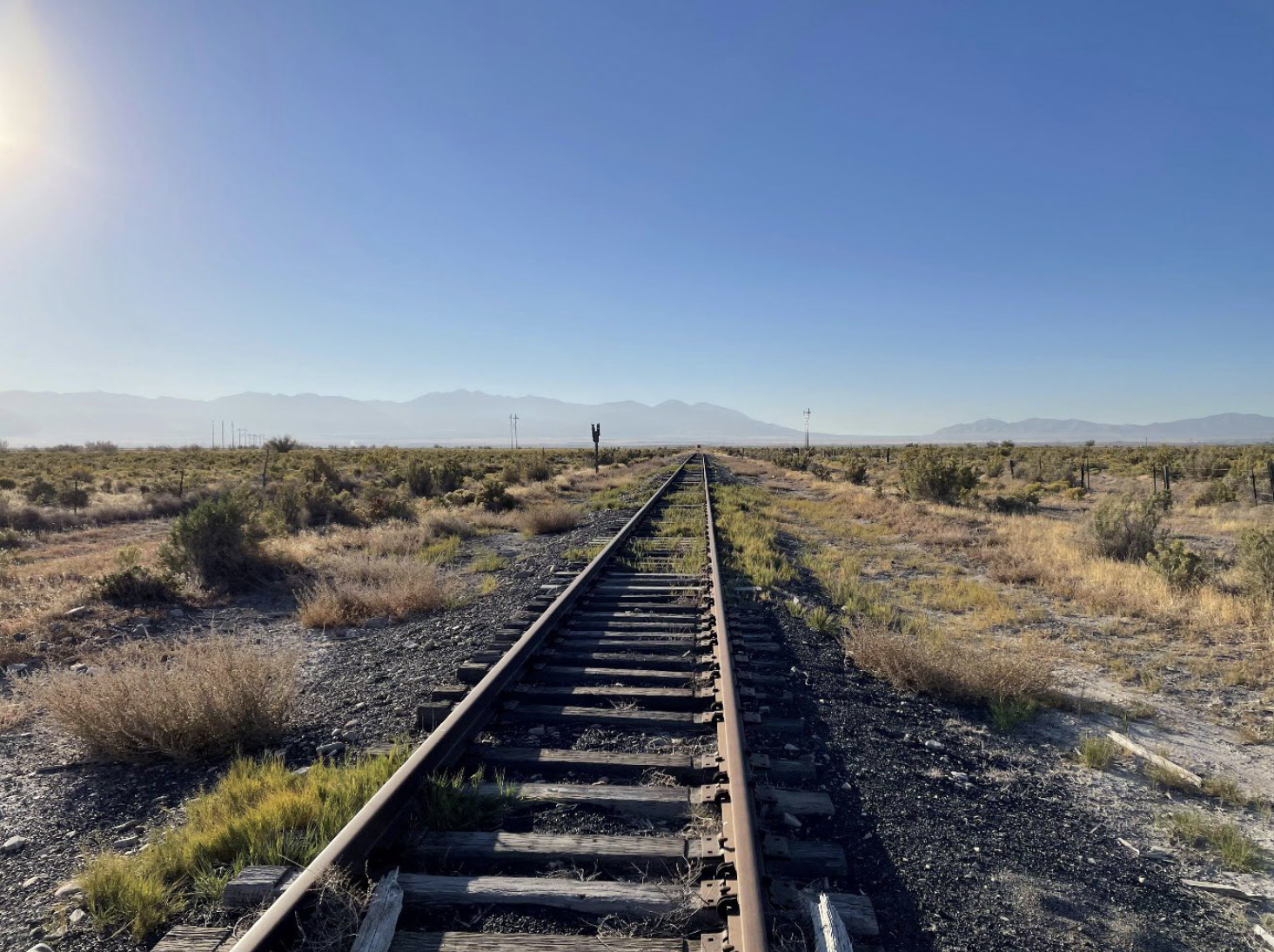
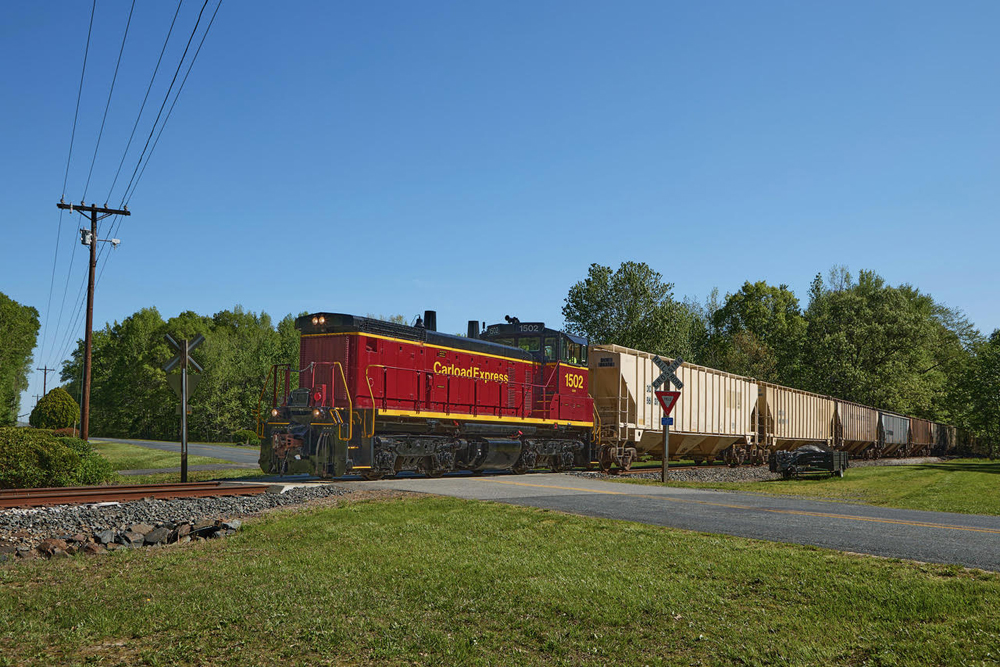




The EBT Foundation acquired 27 miles of the EBT main line. But, what about the remaining 6 miles of the railway?
That was purchased by another organization. See this Trains Newswirwe article from a few days ago for more information on their failed efforts: https://www.trains.com/trn/news-reviews/news-wire/ebt-0-6-0-no-3-leaves-pennsylvania-for-new-home-in-alabama/
Amazing progress. Just amazing. Keep on donating folks! If you never have given anything, this maybe a good time to start. Five or ten dollars to the Friends of the EBT can be a huge help. Evrytime I see this sort of news, I make another small donation. Wouldn’t it be something to see a train cross that bridge at Pogue?